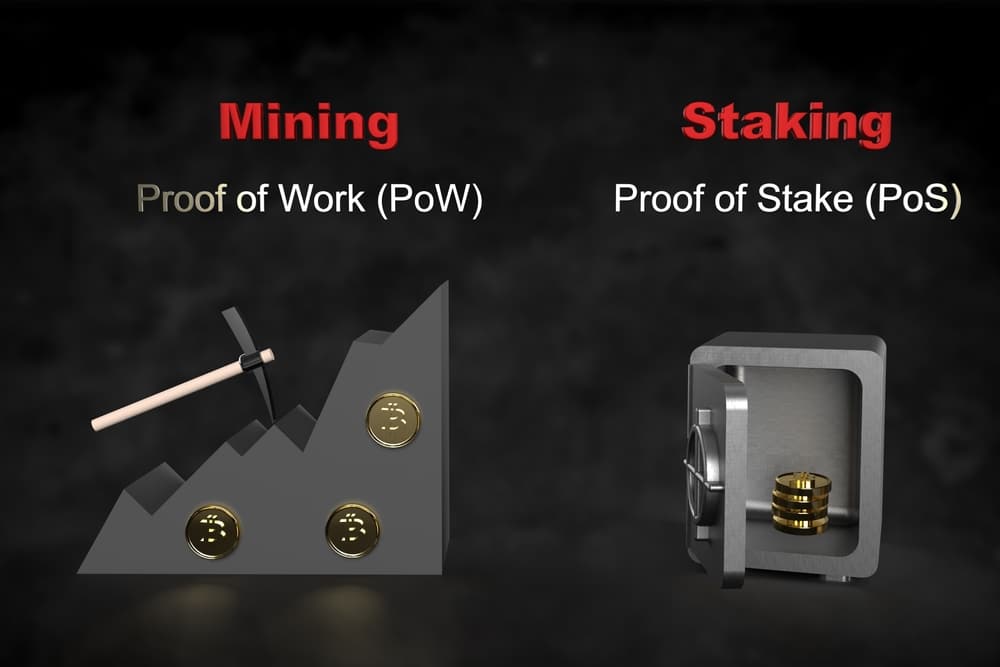Understanding Differences Between P2P and Centralized Crypto Exchanges

Peer-to-peer (P2P) Crypto Exchanges Explained
P2P exchanges function as online trading platforms by enabling users to trade cryptocurrencies with each other in the absence of mediators like banks and brokerage companies. Traders can buy or sell specific cryptocurrencies at the desired costs by posting listings, and counterparties can link to them to execute trades.
P2P exchanges allow direct trades between users using blockchain technology that promotes transparency, efficacy, and concealment in P2P crypto trading. Anonymous persons must confirm every processed transaction.
Critical Features of P2P Cryptocurrency Exchanges
P2P exchanges have a decentralized structure and lack a central authority. In this case, they allow direct communication between traders, removing the need for centralized oversight.
P2P exchanges protect cryptocurrency transactions until all parties meet their responsibilities. The feature boosts trust between purchasers and sellers by ensuring the release of payments following the fulfilment of the terms of trade.
The exchanges can also utilize strong dispute resolution strategies like community-founded voting or arbitration to resolve trade disputes, reducing fraudulent activities effectively. Active user participation in issue resolution is encouraged, creating a sense of community-enhanced governance.
Benefits of Using P2P Crypto Exchanges
P2P exchanges have unrestricted user control and a decentralized nature. The lack of a central authority reduces the need for additional fees linked to direct transactions between sellers and buyers.
P2P exchanges lack intermediaries, enabling purchasers and sellers to plan their transactions. In other words, users can organize trades on their terms.
P2P exchanges ensure safety and privacy by employing consensus algorithms to permit decentralized authentication and validation. They also serve an international audience and allow cross-border trading for investors.
Drawbacks in Using P2P Crypto Exchanges
P2P compromises liquidity in exchange for offering clients comparative independence. As such, a reduced selection of available cryptocurrencies for trading exists.
Refunds on the exchanges are pretty hard to initiate or fail to exist. Unlike conventional exchanges, disputing charges is difficult due to the absence of an intermediary.
P2P exchanges can be affected by human errors, resulting in counterparty risk and misdirected funds.
Centralized Cryptocurrency Exchanges (CEXs) Explained
CEXs are online platforms for purchasing and selling cryptocurrencies and assets such as fiat currencies and nonfungible tokens (NFTs). A central authority that serves as a mediator between cryptocurrency traders controls a centralized cryptocurrency exchange.
CEXs ease trading and manage terms while safely storing digital assets for customers. Trader confidence relies on the exchange’s capacity to link users with partners and securely run transactions.
Critical Features of CEXs
CEXs have structured transactions that hold private keys and stop users from managing keys. Nevertheless, this convenience has risks, such as surrendering control to the exchange.
CEXs’ custodial wallets offer convenience for users looking for a hands-off approach to managing digital assets. Platform users must also undergo a Know Your Customer (KYC) process and submit identity confirmation documents.
Benefits of Using CEXs
CEXs provide other services like margin lending and trading, exchange staking, and investing in crypto derivatives. They also offer a vast range of cryptocurrencies for trading.
CEXs ensure quick, almost immediate transactions. Hence, traders can respond timely to market instabilities.
Drawbacks of Using CEXs
CEXs experience security problems and a lack of control over crypto wallet keys, resulting in possible losses in case of a sudden shutdown. Secondly, CEXs run on a trust-founded mechanism, holding user assets in integrated wallets past user control.
CEXs also experience challenges because of regulatory oversight. Authorities can enforce stern requirements, preventing support for specific users or tokens.
Despite being intended for profitability, CEXs encounter service delivery challenges, resulting in conflicts between users and owners. Profit-enhanced designs typically result in unethical strategies such as market data manipulation.
Conclusion
P2P and CEXs provide unique advantages, addressing diverse users’ requirements and preferences and contributing to extensive crypto adoption. P2P exchanges gained fame due to their decentralized nature, while CEXs became famous due to their liquidity, security, and user-friendly interface.
Zone Crypto Invest provides exposure for numerous crypto businesses, and we invite you to join our community! Connect with us through our Telegram chat for any questions. Given the volatile nature of cryptocurrencies, always conduct thorough research before investing. Many articles on our website are sourced from guest writers or are paid content, and they might not reflect the views of Zone Crypto Invest's internal team. The opinions in these pieces may not always coincide with Zone Crypto Invest's stance. We do not vouch for the accuracy, quality, promotions, or any other aspects showcased on our platform. Please refer to our detailed terms of service and disclaimer for further information.








